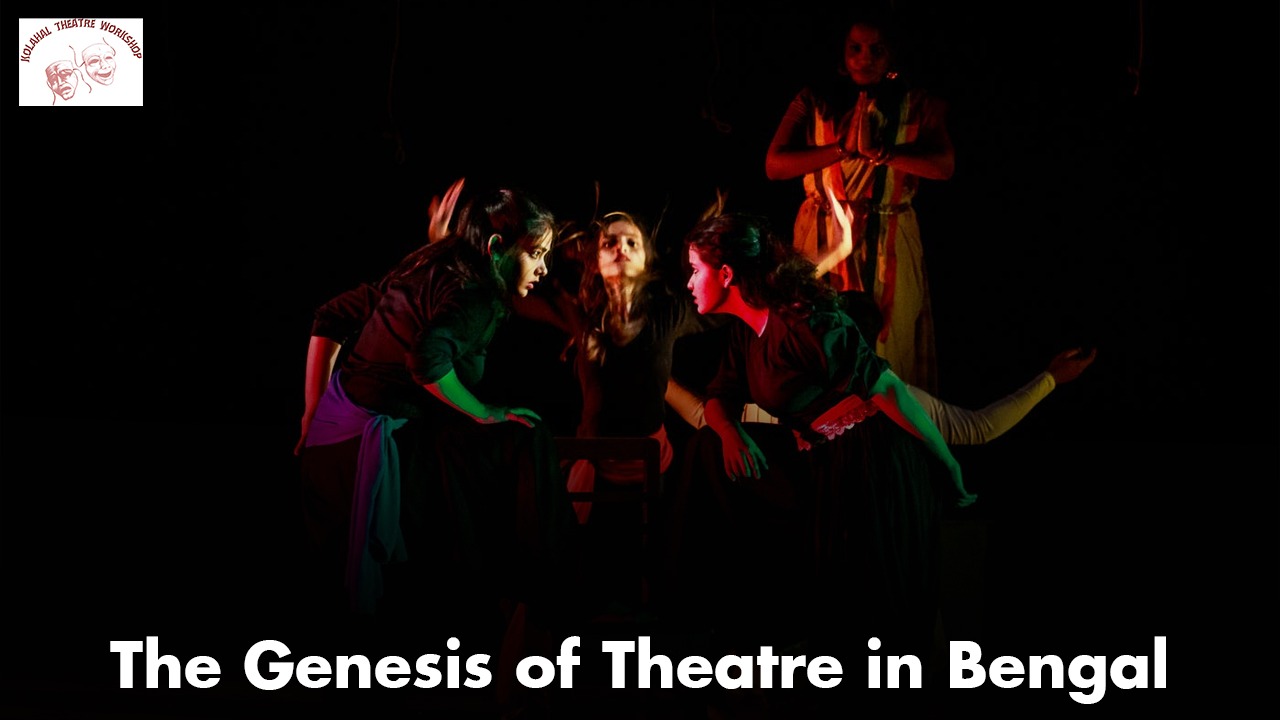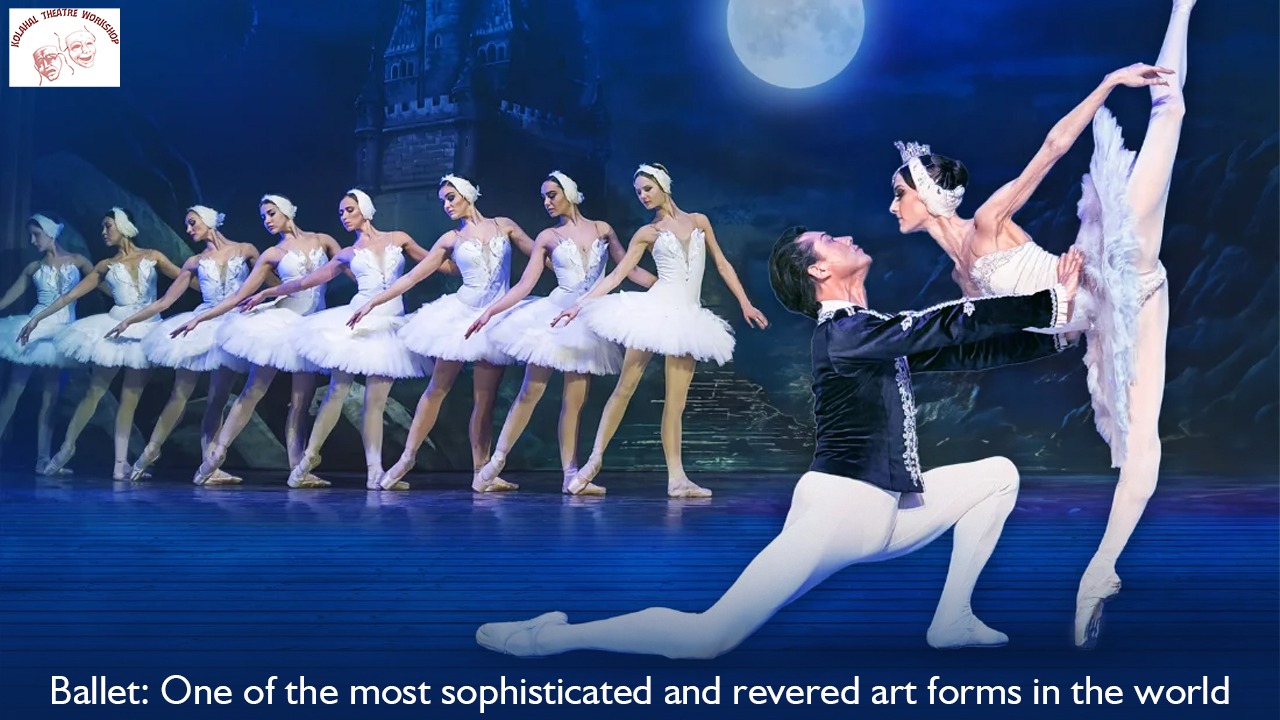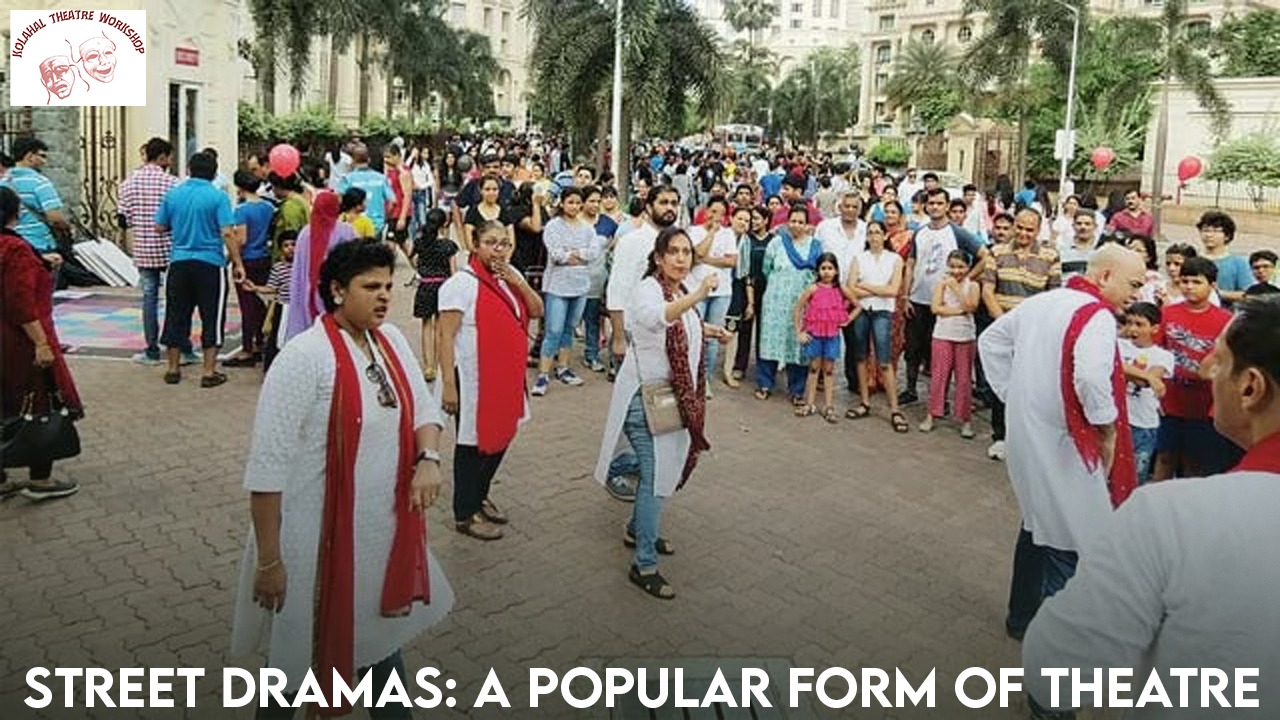The Genesis of Theatre in Bengal
Introduction
Theatre in Bengal, a vibrant and enduring tradition, has its roots deeply embedded in the cultural and social fabric of the region. The origins of Bengali theatre can be traced back to the late 18th and early 19th centuries, a period marked by significant socio-political changes and the dawn of the Bengal Renaissance.
The Journey
The early seeds of Bengali theatre were sown during the colonial era when British influence began permeating various aspects of Indian society. The establishment of the first modern theatre, the Calcutta Theatre, in 1775, primarily catered to the British expatriates and upper-class Indians. However, it was the indigenous efforts that truly catalyzed the growth of Bengali theatre.
The pivotal moment in the evolution of Bengali theatre came with the foundation of the Hindu Theatre in 1831 by Prasanna Kumar Tagore, a member of the prominent Tagore family. This theatre aimed to promote Indian plays and cater to the Bengali-speaking audience. Tagore’s initiative inspired a wave of similar endeavors, leading to the emergence of several amateur theatre groups across Bengal.
Michael Madhusudan Dutt, a towering figure in Bengali literature, played a crucial role in shaping the early theatrical landscape. His play “Sharmistha,” staged in 1859, marked a significant departure from the mythological themes that dominated the early plays, introducing a more contemporary and realistic approach. Dutt’s works laid the groundwork for modern Bengali drama, blending Western dramaturgical techniques with Indian narratives.
The 19th century also witnessed the rise of the commercial theatre scene in Bengal. The Great National Theatre, established in 1872 by Girish Chandra Ghosh, became a landmark institution. Ghosh, often regarded as the father of Bengali theatre, was instrumental in professionalizing theatre in Bengal. His prolific output, which included adaptations of Sanskrit classics and original plays, set new standards for theatrical production and performance.
Bengali theatre was not confined to Calcutta (now Kolkata) alone. It found resonance in various parts of Bengal, with local theatre groups springing up in towns and villages. The rural theatre, or Jatra, a form of folk theatre, continued to thrive alongside urban theatre, reflecting the diversity of the Bengali theatrical tradition.
Theatre in Bengal also became a medium for social and political commentary. During the late 19th and early 20th centuries, it played a significant role in the Indian independence movement. Plays depicting patriotic themes and addressing social issues became increasingly popular, transforming theatre into a tool for awakening national consciousness.
Rabindranath Tagore, another luminary from the Tagore family, made monumental contributions to Bengali theatre. His plays, characterized by their lyrical prose and profound philosophical insights, added a new dimension to the theatrical tradition. Tagore’s works, such as “Dak Ghar” (The Post Office) and “Raktakarabi” (Red Oleanders), are celebrated for their deep exploration of human emotions and social issues.
The early 20th century saw the emergence of several other notable playwrights and theatre practitioners, such as Dwijendralal Roy, Kshirode Prasad Vidyavinode, and Tulsi Lahiri, who further enriched Bengali theatre with their diverse thematic explorations and innovative staging techniques.
Conclusion
In conclusion, the genesis of theatre in Bengal is a story of cultural synthesis, innovation, and resilience. From its early days under British influence to becoming a powerful medium of social change, Bengali theatre has evolved continuously, reflecting the dynamic spirit of its people. Today, it stands as a testament to Bengal’s rich cultural heritage and its enduring love for the performing arts.




